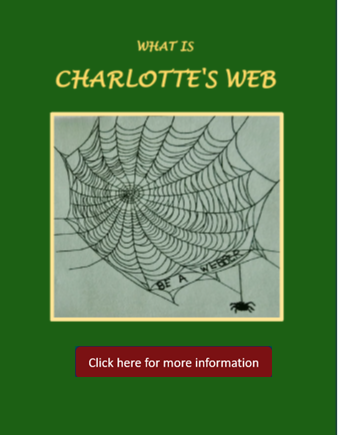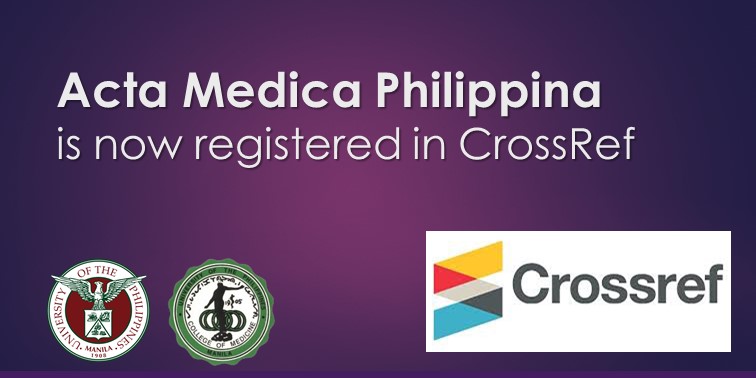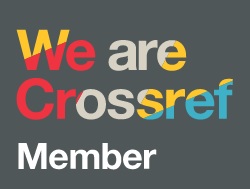Unahon Tool: The Development of a Mental Health Triage Tool for Evacuation Centers in the Philippines
DOI:
https://doi.org/10.47895/amp.v59i14.9508Keywords:
mental health, triage tool, disaster, evacuation center, PhilippinesAbstract
Background. The Philippines faces a challenge in addressing the mental health needs of internally displaced persons (IDPs) following disasters. The lack of an integrated mental health triage system within evacuation centers and the shortage of specialists trained in post-traumatic stress triaging have hindered effective emergency response. Existing interventions primarily focus on traditional trauma and psychiatric symptoms, often lacking standardized mental health triage classifications and leading to data gaps, complicating resource allocation decisions.
Objective. To develop a culturally relevant mental health triage system, this study proposes the "Unahon Tool" to meet the needs of Filipino IDPs. Integrating with existing medical triage protocols equips frontline responders to identify stress-related concerns, enables informed decision-making for mental health and psychosocial support (MHPSS) allocation, and optimizes resource utilization.
Methods. The study involved key informants, including disaster responders, mental health specialists, and government officials, who participated in interviews and focus group discussions. Thematic analysis was used to identify behavioral aspects affecting IDP communities. The Unahon Tool development incorporated disaster response frameworks, mental health interventions, and other existing triage tools. A red-yellow-green categorization system was employed based on the severity and urgency of observed behaviors. Stakeholder consultations and expert reviews guided tool refinement.
Results. The final Unahon Tool includes 17 behaviors categorized into red (urgent), yellow (moderate), and green (low) severity levels. It provides corresponding recommended interventions to aid responders. During direct observations, yellow-category behaviors like shouting and cursing were prevalent. Responders focused on reminders for peace and order in response to these behaviors. The tool's "Notes" section was identified as a potential area for contextual information inclusion.
Conclusion. The Unahon Tool fills a crucial gap in the Philippine disaster response infrastructure by offering a behavior-based mental health triage system. It enables responders to prioritize mental health resources effectively, reducing the burden on specialists and enhancing overall disaster response effectiveness. Future directions include expanding tool adoption beyond Metro Manila, translating it into regional languages, and developing a version for children and teenagers. Collaboration with other regions and age groups will ensure broader applicability and effectiveness in addressing mental health needs among diverse IDP populations.
Downloads
Published
Issue
Section
License
Copyright (c) 2025 Acta Medica Philippina

This work is licensed under a Creative Commons Attribution-NonCommercial-NoDerivatives 4.0 International License.




.jpg)



